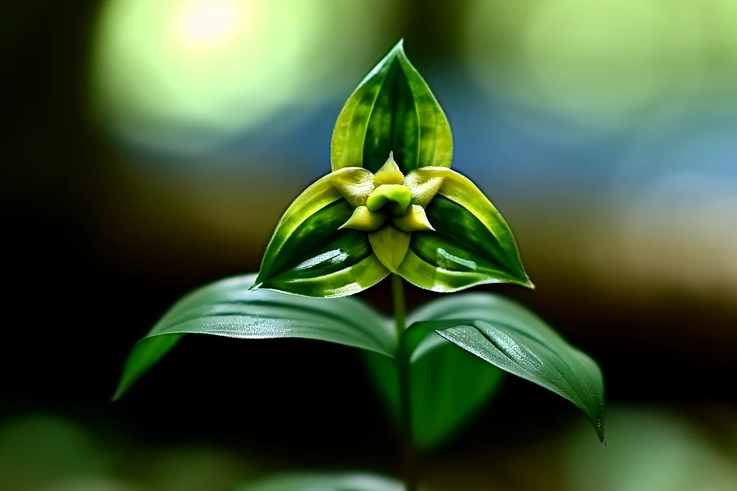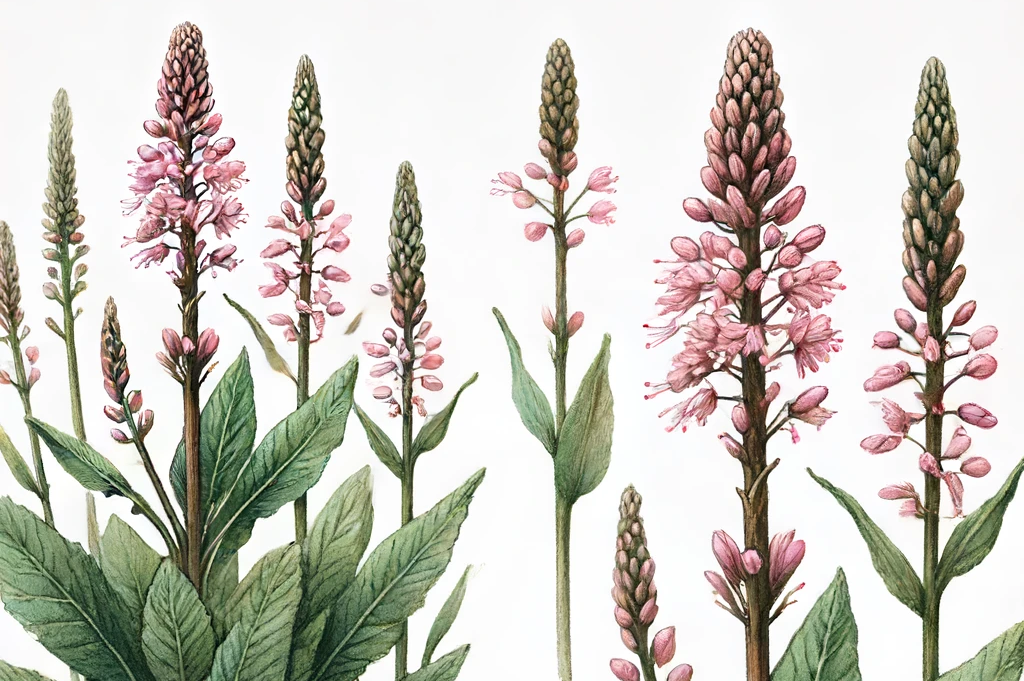Spotted arum

You may have heard of spotted knapweed, a plant that is native to Europe and Asia and often grows in gardens or parks. But did you know that this plant can have both advantages and disadvantages for dogs? In this article, you'll learn more about spotted knapweed and how to use it correctly or avoid it in relation to your dog.
What is spotted arum?
The spotted arum (Arum maculatum) belongs to the arum family and is a perennial herbaceous plant that can grow up to 40 cm tall. The plant has large green leaves with dark spots and a striking flower consisting of a yellow spadix and a white sheath. It flowers from April to June. In the fall, the plant produces red berries that hang from a long stalk.
The spotted arum is a poisonous plant that can cause skin or mucous membrane irritation if touched or eaten. Symptoms may include burning, swelling, redness, blistering, salivation, vomiting, diarrhea or shortness of breath. In the worst case, allergic shock or cardiovascular failure can occur. Therefore, make sure that your dog does not come into contact with the plant or eat it.
What are the benefits of spotted knapweed for dogs?
Despite its toxicity, spotted knapweed also has some positive properties for dogs. The plant contains substances that can have an antibacterial, anti-inflammatory and pain-relieving effect. These substances can help with skin problems such as eczema or wounds, for example. Spotted knapweed can also be helpful for gastrointestinal complaints such as flatulence or constipation.
However, you should never try to give your dog arum yourself. The dosage is very difficult to determine and can quickly lead to poisoning. If you think your dog could benefit from the plant, you should always ask a vet for advice. They can tell you whether and how you can use spotted knapweed and what alternatives are available.
How can I protect my dog from spotted knapweed?
If you have spotted knapweed in your garden or live near parks or woodlands where the plant grows, you should take some precautions to protect your dog. Here are some tips:
- Remove the plant from your yard or fence it off.
- Keep your dog on a leash when walking in areas where the spotted knapweed is found.
- Watch your dog closely and prevent him from sniffing or nibbling at the plant.
- Take your dog to the vet immediately if you notice that he has come into contact with the plant or eaten it.
Spotted knapweed is a plant with advantages and disadvantages for dogs. It can help with certain ailments, but can also lead to serious poisoning.
If you notice any signs of hypersensitivity or poisoning in your dog, you should see your vet immediately. We are not a substitute for a vet, but we try to be as accurate as possible. Every dog reacts differently and we recommend you get a second opinion or consult your vet if in doubt.
Stay healthy and take good care of your four-legged friend!😊
Similar to Spotted arum
The huckleberry is a perennial, herbaceous plant that thrives in shady forests. It is best known for its unusual flower and fruit structure: Each plant bears a single flower in spring, which...
The marsh marigold(Caltha palustris) is a perennial plant from the buttercup family that is native to damp, marshy areas in Europe, North America and parts of Asia. It blooms early in the year with...
Snake knotweed is a perennial plant that is native to parts of Europe and Asia. It is characterized by its spirally twisted inflorescences, which are reminiscent of a snake, giving it its name. The...
Water hemlock (Cicuta virosa) is a plant found in wetlands that is notorious for its poisonous properties. It belongs to the umbellifer family and is mainly native to Europe, North America and parts...


